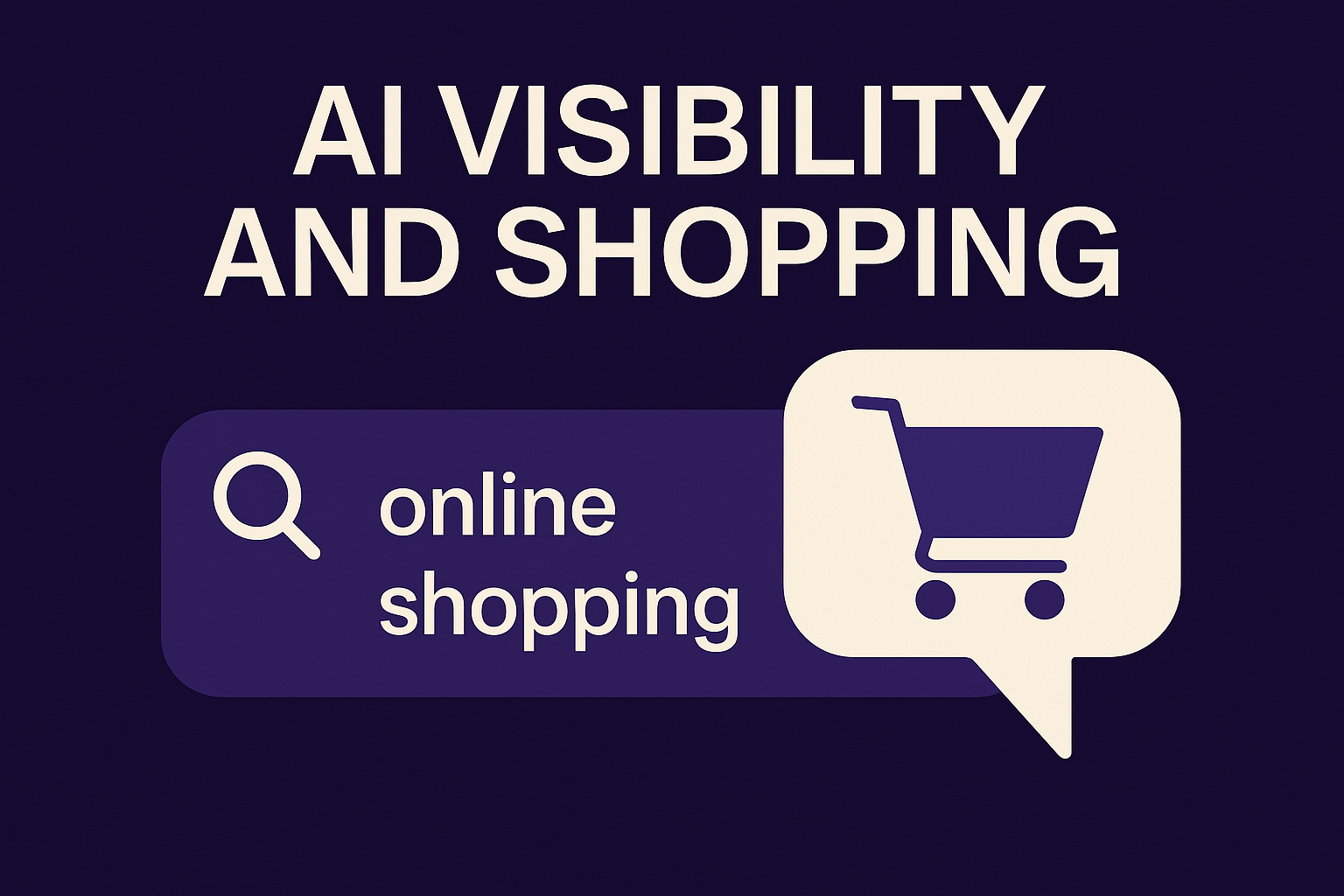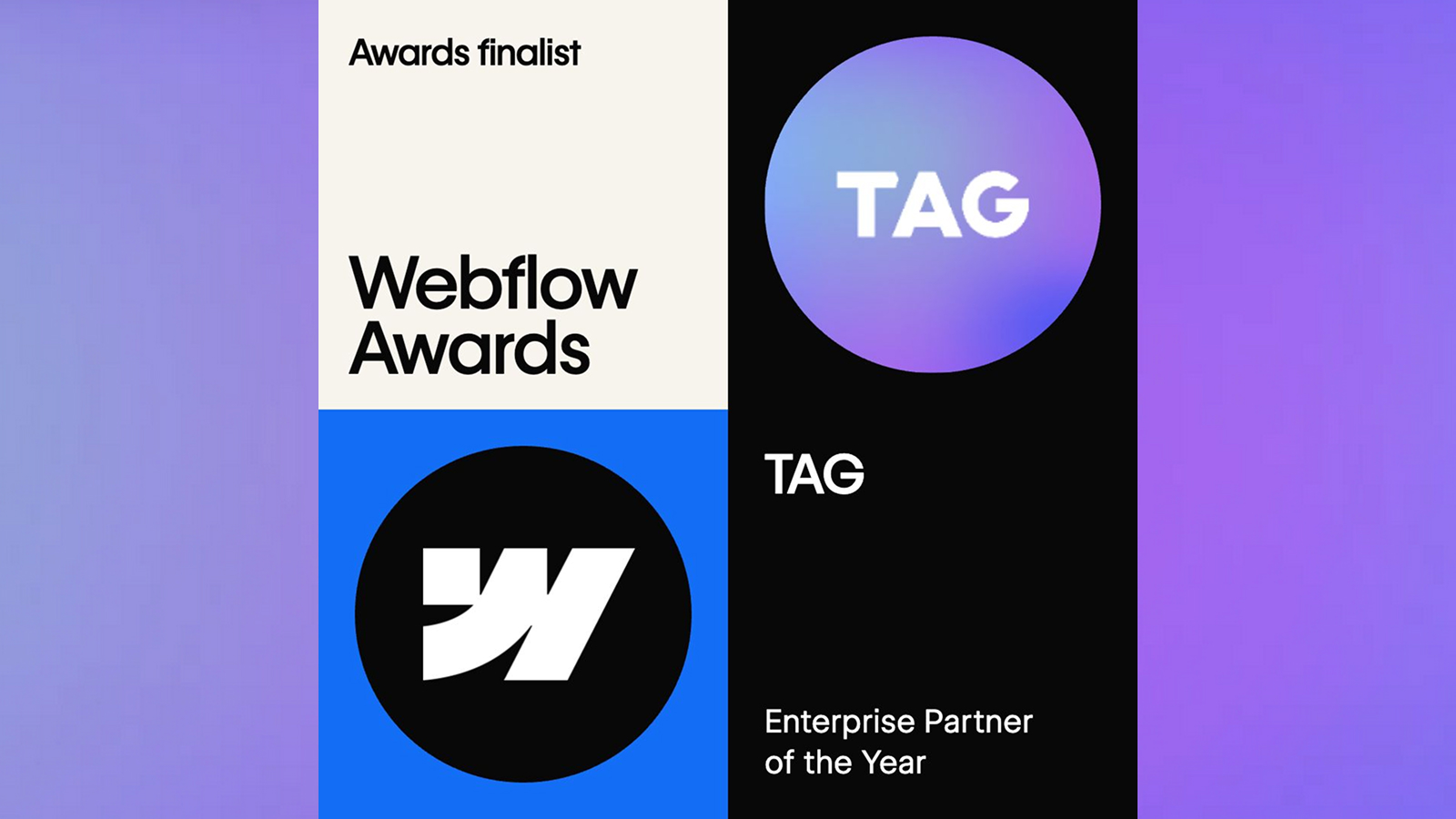12 E-commerce Trends for DTC Brands
15 September 2023
1
min read


Written by
Alon Abraham
While online shopping has been around for a while, it's anything but stagnant.
Recent years, driven by the pandemic and improved tech solutions, have seen the sector shift significantly. Who would've thought a decade ago that Direct-to-Consumer (DTC) businesses would make such waves across the consumer landscape? As they continue to grow, how will they navigate an increasingly competitive space? As both technology and customer perspectives transform, it's crucial for brands to adapt accordingly. In this piece, we'll touch upon some pivotal trends we've spotted and look at their possible trajectories, especially concerning DTC brands.
Here are 15 trends we’re seeing accelerate DTC brands (in no particular order):
#1 Brands Collaborations
Top-performing DTC brands are collaborating with brands that aren't their direct competitors. By bundling their offerings, they're crafting distinct experiences for a shared consumer base. Look at social giveaways, email
#2 UGC, Especially on TikTok
TikTok's short video formats offer DTC brands a genuine opportunity to resonate with the Gen Z demographic. By using these platforms, brands can present products authentically, collaborate with influencers, and push for sales through social commerce.
#2 Narrative-Driven Engagement
While straightforward messaging has its merits, the power of a captivating story shouldn't be ignored. Narratives that strike a chord, be it through brand messages or video testimonials, help DTC brands forge deep-rooted bonds with their customers.
#4 Innovative Tech Stacks
The essence of e-commerce is fluidity. Cutting-edge tech solutions are helping brands optimise their customer experience, from browsing to post-purchase interactions. Such integrations not only ensure a smooth customer journey but also offer brands invaluable data to better cater to their audience.
#5 Loyalty Programs
Loyalty initiatives have seen a transformation in recent years. They've become more personalised and cater especially to millennials, offering them exclusive benefits like early access to new releases.
#6 'Buy Now, Pay Later' Options
The rise in popularity of 'Buy Now, Pay Later' methods is evident. These flexible payment choices, devoid of interest, are particularly appealing to budget-conscious shoppers and lead to increased customer retention.
#7 Curate Personalised Product Bundles
For instance, if a customer has shown interest in organic skincare products, cross-sell by showcasing a bundle featuring a cleanser, toner, and moisturiser from the same organic range. Offering these data-informed, tailored bundles not only boosts sales but also enhances the shopping experience, making the customer feel understood and catered to. We like to use Rebuy for smart cross-selling.
#8 Get Customer Feedback
Collect feedback at every step of your customer experience and understand your customers' behaviour to create a personalised experience that drives sales and increases customer loyalty. We like to use UserLoop for this.
#9 Subscription Models
Subscriptions have revolutionised e-commerce. Brands providing regular delivery options often reward subscribers with exclusive perks, fostering loyalty and long-term customer relationships. We like to use the Shopify app, Recharge for this.
#10 Enhanced Data Collection Techniques
Surprisingly, pop-ups are still relevant. The crucial customer insights they yield, combined with advanced analytics, allow brands to offer tailored suggestions and improve decision-making.
#11 Focus on Comprehensive Marketing Metrics
The digital marketing landscape has shifted from oversimplified metrics to more holistic ones. The Marketing Efficiency Ratio (MER), for example, offers a complete overview of marketing endeavours by comparing total revenue to ad expenditure. Don't just look at revenue or ROAS - look at real metrics that give you a clear picture. We use TripleWhale for better data and attributions.
#12 A/B Test your Website
Not every brand utilises digital advertising to its full potential. Regular A/B testing, for instance, can help brands fine-tune their outreach. By leveraging insights from this data, they can ensure timely and relevant messaging for their audience. We like to use Conversion for web A/B testing.
Want to take your e-commerce to the next level with industry-leading, data-driven omnichannel digital solutions that meet customers in real-time? Contact us today.




.png)

















